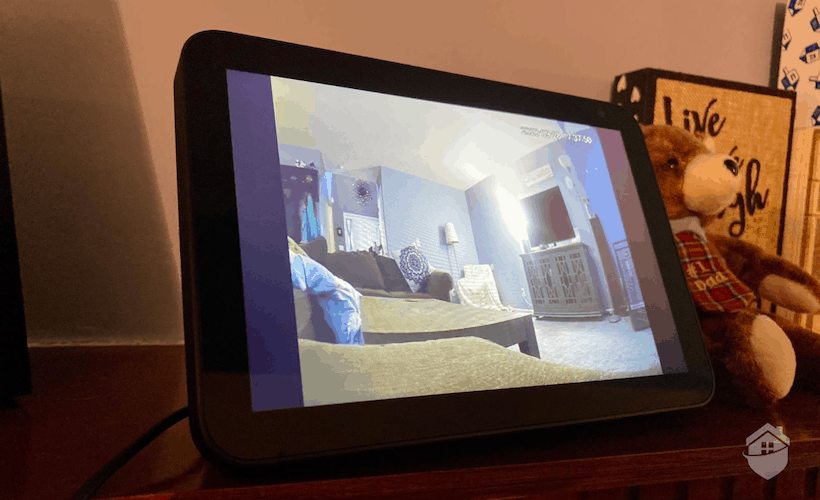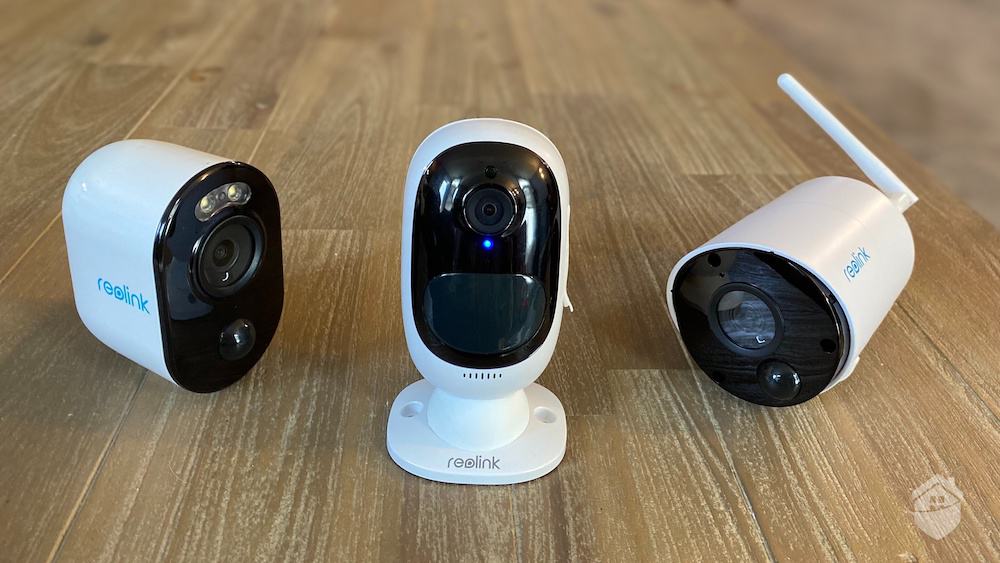You’ve made up your mind: it’s time to buy a house. Congrats! But even if you know how much house you can afford, you still have one more column to add up. That’s the downpayment your bank or lender needs before you close. This is where your dream home could evaporate before your eyes if you don’t do the necessary planning. Use our Downpayment Calculator to figure out how much savings you need to set aside to make your new home dream come true.
Buying a house is a great way to build wealth. It’s an investment and an achievement at the same time. However, before being called a “homeowner,” you’ll need to clear some hurdles. One of which is putting down a downpayment for the house. How much should you save and for how long? Our “Down Payment” calculator will tell you that, but before we go on, here’s what you should know about down payments.
>> See Also: How Much House Can I Afford?
How Much Do You Need for a Down Payment?
If you’re buying a house, lenders will typically require a down payment of at least 3% of the property cost. You’ll take out a mortgage for the remainder of the cost, which you will repay with interest over the loan term. As such, a higher down payment means less debt and a lower interest total.
For example, if the property costs $100,000, putting down $3,000 (3%) will leave you $97,000 in debt, which will continue to accrue interest until the principal amount is paid fully. With a 5% annual interest rate, for instance, that’s $4,850 for the first year and around $91,000 total over 30 years. If you put down 20%, the loan amount will be just $80,000 and the first-year interest will be $4,000. The total interest over a 30-year mortgage will be around $75,000. That’s nearly $20,000 savings.
>> Learn More: Can Loan Refinancing Save You Money?
What Is Private Mortgage Insurance (PMI)?
There’s another reason why at least a 20% down payment is the most ideal – it saves you from getting private mortgage insurance (PMI).
PMI is a type of insurance that lenders and financial institutions typically require from buyers who put down less than 20% as a down payment. It protects the lender from losses as a result of borrowers failing to make loan payments, but the buyer covers the cost of the insurance premium. It increases your monthly payment, so if you can put down 20% or more as a down payment, you’ll be able to sidestep PMI and save more money.
How Much Do I Need To Save Up?
While our “Down Payment” calculator can help you estimate how much you should save for your down payment, that’s not the only thing you should save up for when considering a home purchase. If possible, we recommend setting aside at least 25% of the sale value to cover the down payment, closing costs, and moving expenses.
- Closing costs: These are processing fees you’ll pay to your lender to finalize your loan, including appraisal fees, legal fees, and inspection fees. Closing costs are typically 3% to 6% of the sale value.
- Moving expenses: These apply if you’re buying a house you’ll use as your primary residence. They include the cost of moving supplies (boxes, packing tape, etc.), hiring professional movers, moving truck rental, small repairs in your new home, and more.
Use our “Down Payment” calculator and start saving up for your dream home.
>> Read More: Renting vs. Buying A House





